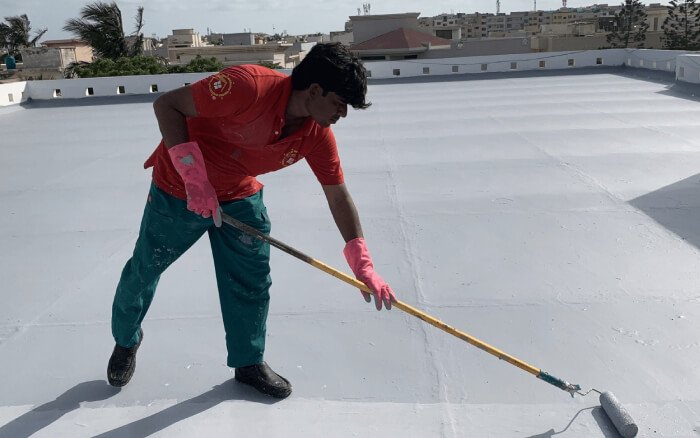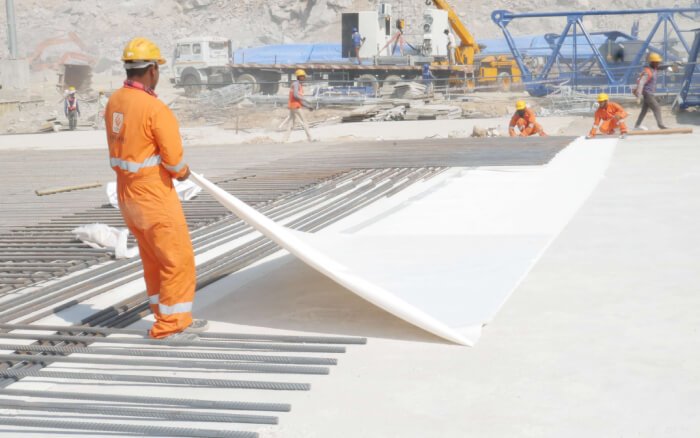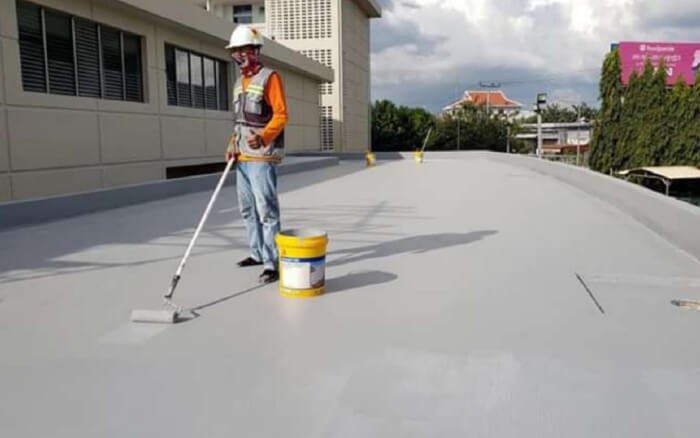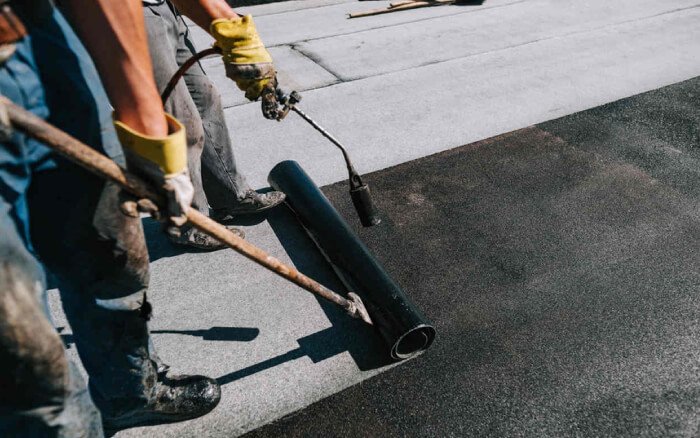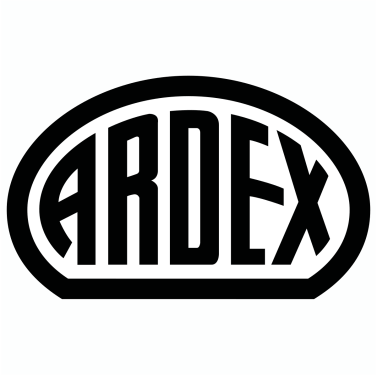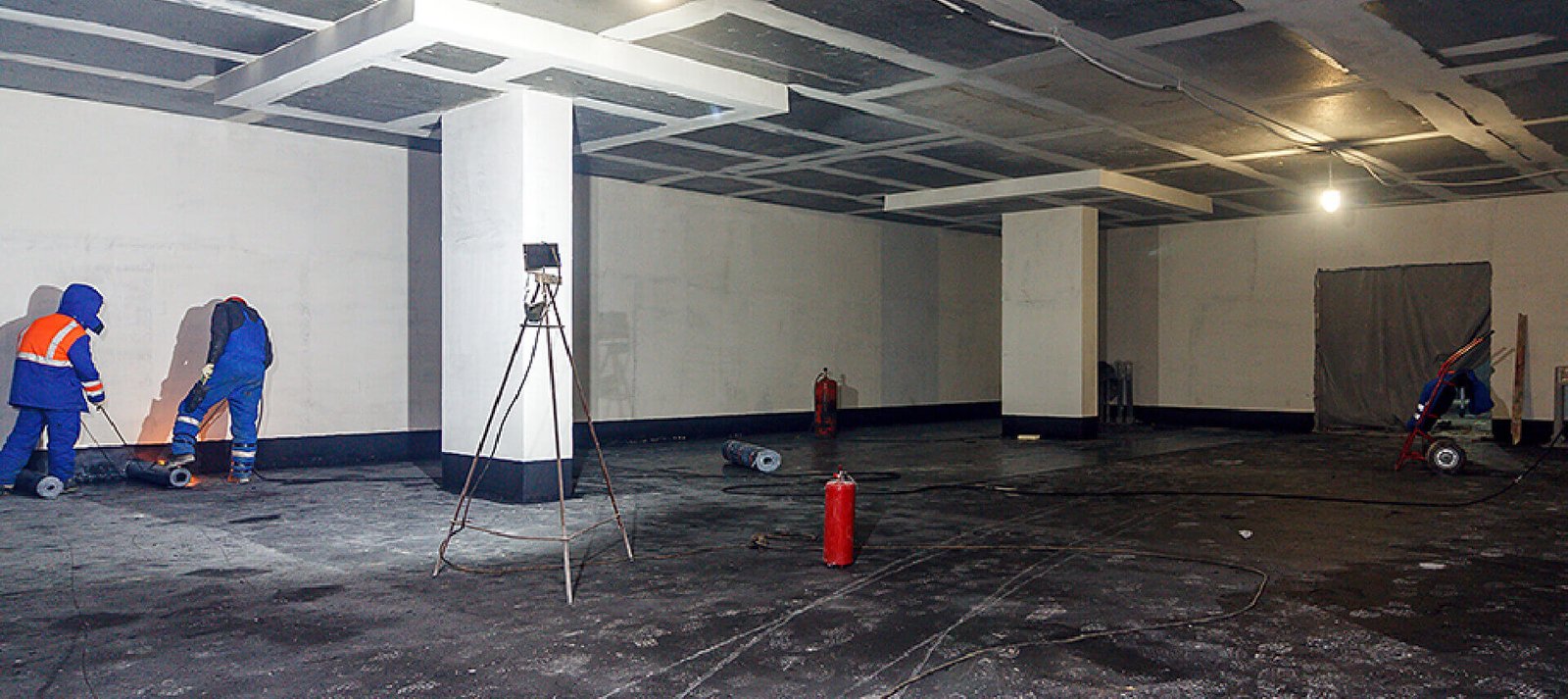
WATERPROOFING
Waterproofing is the process of making a structure or material resistant to the penetration of water. It is an essential part of construction and maintenance, especially for areas exposed to moisture or water, such as basements, roofs, foundations, and underground structures. The primary goal of waterproofing is to prevent water from causing damage to the structure, leading to deterioration, corrosion, mold growth, or weakening of the building materials.
Waterproofing techniques involve the use of various materials and methods, including membranes, coatings, sealants, and drainage systems. These materials are applied to surfaces such as concrete, masonry, and wood to create a barrier that prevents water from entering. Different waterproofing methods are selected based on the type of structure, location, and exposure to moisture.
For example, in basements, waterproofing may involve the application of bituminous coatings or the installation of drainage systems to divert water away from the foundation. On roofs, liquid-applied coatings or membrane systems can be used to prevent water infiltration. Waterproofing is crucial for extending the lifespan of buildings and ensuring the safety and comfort of occupants by preventing water-related damage.


